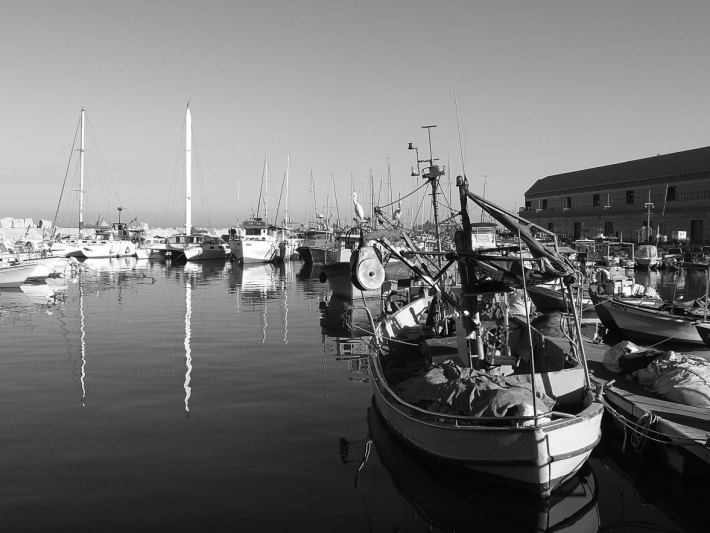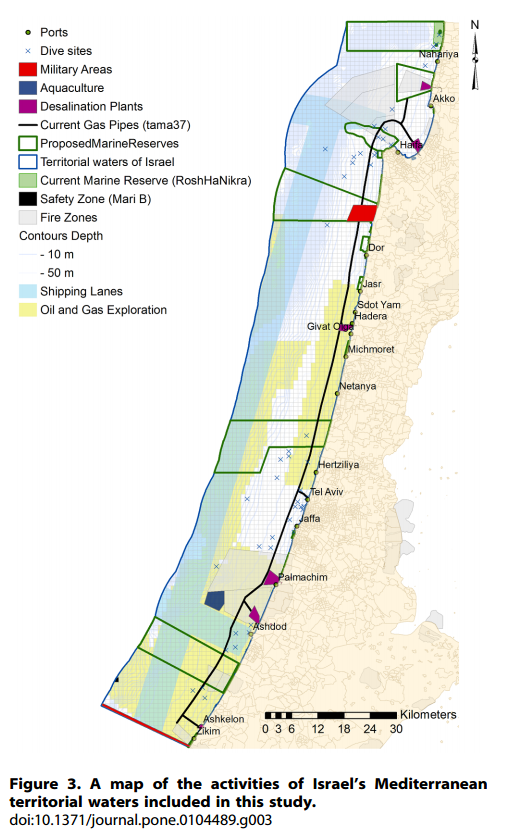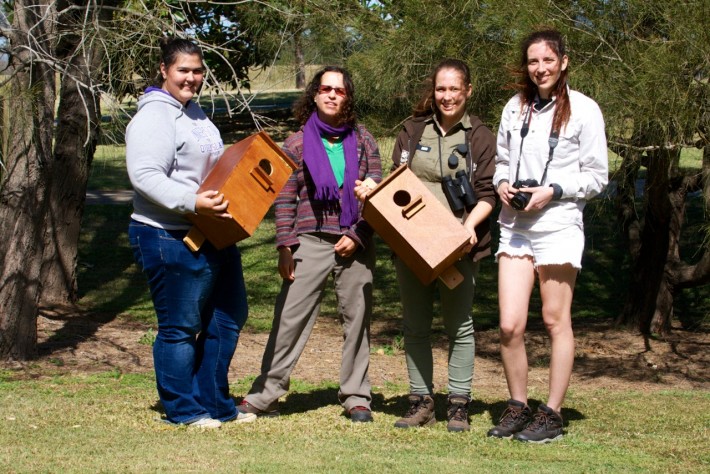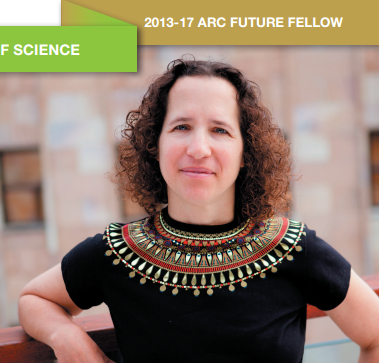Tessa Mazor, who has recently submitted her PhD in Kark Group, has published along with other experts a paper in Ecological Applications about: Large-scale conservation planning in a multinational marine environment: cost matters
This study aims to provide an approach for including cost when planning large-scale Marine Protected Area (MPA) networks that span multiple countries. In order to include cost in conservation prioritization, we developed surrogates that account for revenue from multiple marine sectors: commercial fishing, noncommercial fishing, and aquaculture. We found that for less than 10% of the Sea’s area, our conservation targets can be achieved while incurring opportunity costs of less than 1%. In marine systems, we reveal that area is a poor cost surrogate and that the most effective surrogates are those that account for multiple sectors or stakeholders. Furthermore, our results indicate that including cost can greatly influence the selection of spatial priorities for marine conservation of threatened species.
Full reference: Mazor T, Giakoumi S, Kark S, Possingham HP (2014) Large-scale conservation planning in a multinational marine environment: cost matters. Ecological Applications 24:1115–1130. dx.doi.org/10.1890/13-1249.1







